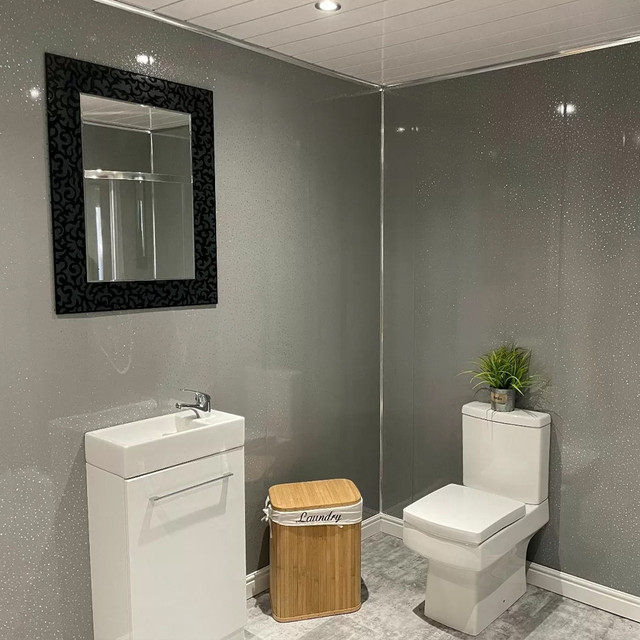Posted by Wall Panels World on 8th Dec 2023
Fitting Wall Panels Over Tiles | Bathroom & Shower Wall Panels
Wall panels are the new craze, and that's partly due to their dead-easy installation. You simply stick them to the wall and click them together. Anyone can do it!
But preparing the wall isn't so easy, most bathroom and shower walls have pre-existing tiles over them, tearing them down is messy and hard work. Can't you just pop your wall panelling over the top and save all that time and effort?
The answer is "it depends", there are important considerations to make before fitting wall panels over tiles, whilst it is definitely possible, there are a few things you have to know beforehand, Read on to find out more!
Fitting Wall Panels Over Tiles
Panelling is a great alternative to tiling, but before you fit your new wall panels over the top of the existing tiles on your wall, make the following considerations:
Condition and Stability of Existing Tiles
The condition of the existing tiles is paramount. They should be stable and securely attached to the wall. Any signs of damage, warping or detachment is reason not to install panels over the tiles.
Check the existing tiles for any loose, cracked or damaged areas. If the tiles are not firmly adhered to the wall, the added weight of the panels may cause both the tiles and panels to detach.
Material and Type of Tiles
- Ceramic Tiles
Ceramic tiles usually have a glazed surface that needs to be cleaned thoroughly. Light sanding can help improve adhesive grip.
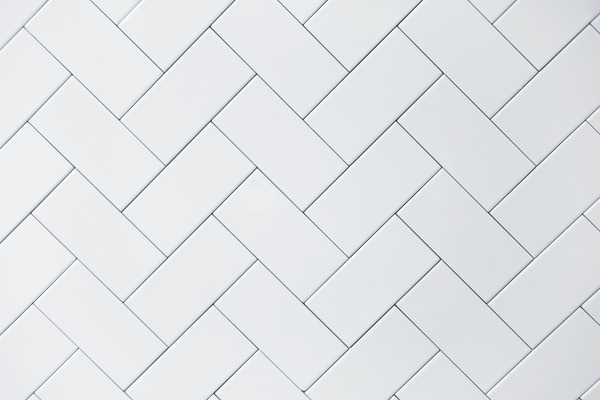
- Porcelain Tiles
Porcelain tiles are more dense and less porous than ceramic, requiring a strong adhesive and proper surface preparation for effective bonding. Due to their density, verify that the wall structure can support the weight of porcelain tiles plus the new panels
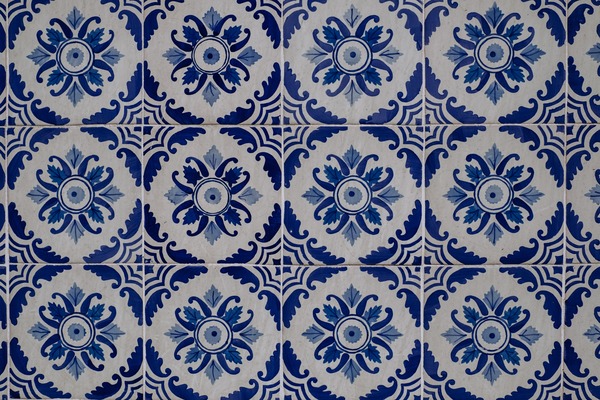
- Natural Stone Tiles (Marble, Granite)
These can be more porous, so sealing may be necessary to prevent adhesive seepage and discoloration. Address any irregularities for a smooth installation as natural stone surfaces can vary.
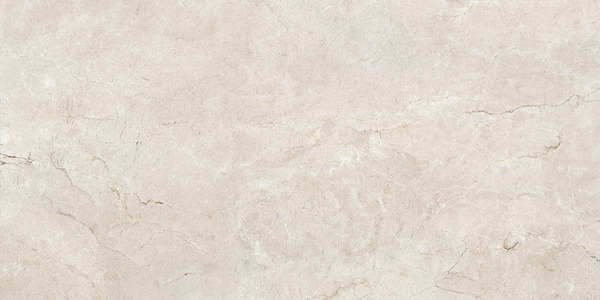
- Glass Tiles
The slick surface of glass tiles may not hold adhesives well, so specific types of adhesives or surface etching might be necessary.
Glass is fragile; ensure that the structural integrity of the wall is intact, especially if there are loose or damaged tiles.
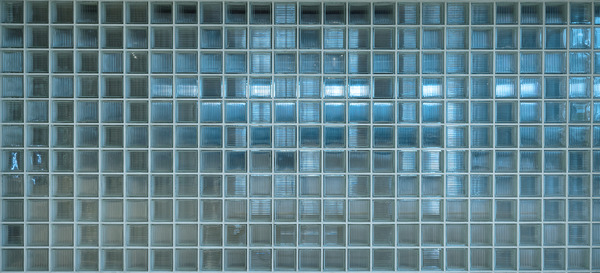
- Vinyl or Composite Tiles
These tiles might flex, which could affect how rigid panels adhere. Specific adhesives or wall reinforcement might be needed
Some vinyl tiles can be sensitive to temperature changes, influencing panel material choice.
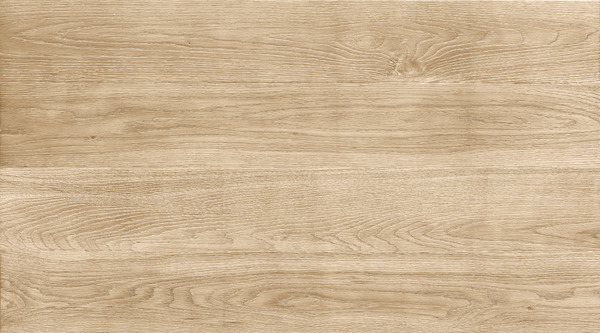
Surface Texture and Finish of Tiles
The texture and finish of the existing tiles can affect how well the new panels adhere. A smooth, non-porous surface may require additional preparation such as sanding, to create a suitable bonding surface that the panel can effectively adhere to.
The texture and porousness of tiles used in a bathroom can vary greatly - from smooth glass tiles to very porous natural stone types. This existing tile finish will determine the required preparation when overlaying panels.
- Smooth, Non-Porous Tiles
Tiles such as polished porcelain or glass have an impermeable surface that offers very little texture. This can create issues with getting panels to properly adhere, as most construction adhesives bind best to surfaces they can effectively grip and seep into. Without surface etching or abrasion to expose more of the tile's subsurface, panels may not stick well to slippery smooth tiles over time.
To mitigate this, it is generally recommended that non-porous tile be properly sanded first before attempting to attach wall panels directly to them. Sanding the surface exposes some texture by removing the outer glaze. It also improves bonding. Be sure to vacuum thoroughly after sanding to remove all debris and dust particles, which could interfere with proper adhesion later on.
- Highly Porous Tile Surfaces
On the other hand, very permeable and porous tiles can also create difficulty attaching new layers like panels, since much of the applied adhesive will absorb directly into the tile rather than bonding the overlay to the surface.
With highly porous tiles, priming is typically recommended to provide a lesser porous foundation layer for panels to bond onto. An appropriate primer formulated specifically for wall tile preparation should be applied evenly across all tiles before adding panels. The primer fills in pores and creates a sound intermediary layer.
- Testing Adhesion
Regardless of tile finish, as an added precaution it is also smart to test panel adhesion on a small sample area first. Confirm sufficient bonding strength to the tiles before tackling entire walls. Sanding, priming, or even scarifying (mechanically scratching) tiles may be required to get panels to affix cleanly, firmly and uniformly across the tile surface. Testing first avoids extensive do-overs later.
The condition of the existing tiled wall surface plays a key role in how well new panels will attach over top of them. Adjusting preparation methods based on tile texture and porosity is crucial for success.
Size and Thickness of Tiles
The size and thickness of existing tiles will impact the overall wall dimensions after fitting new panels over the top. This is particularly important in small bathrooms, where space is a a premium. It's also crucial to consider how the added thickness will affect fixtures and fittings.
British bathrooms are notoriously tiny. The average British bathroom is about the size of a king-sized bed, so space constraints are real.
Adding a few mm's on top of your walls may not seem like much, but this added thickness, combined with the thickness of the tiles underneath, adds up. If you install 10mm panels on top of 10mm tiles, your valuable bathroom real estate can decrease by more than you expect.
Let's do the math with an example:
Average British Bathroom: 2.4m x 1.8m = 4.32m²
Existing Tiles: 10mm depth
New Panels: 10mm depth
With Tiles and Panels on the Wall: 20mm increased depth of walls, resulting in floor area decrease by 2% to 4.24m² and a total volume decrease by 0.3m³)
That is a 0.08m² reduction in floor area, which is comparable to a shoebox, and a 0.3m³ decrease in volume, which is comparable to a full bathtub of water. Whilst this may not seem like a lot, the reduction in area has a knock on effect and projects all the appliances inwards and also means you have to adjust the fixtures and fittings on the wall, bringing them further forward to accommodate the increased depth.
In small British bathrooms, where size is limited, you may want to conserve as much space as possible and count the millimetres by opting for thinner 5mm panels, like the platinum white sparkle panel.
Additional Factors to Consider
Surface Preparation
The tile surface must be thoroughly cleaned and degreased. Any dirt, grease or soap residue can prevent the panels from adhering properly. Use a strong degreaser to remove all residue from the tiles.
Moisture and Mould Risks
Be aware of the potential for moisture to get trapped between the tiles and panels, which could lead to mould growth. Ensure that all grout lines and perimeter edges are well-sealed. Run a dehumidifier to completely dry the tile surface.
Wall Evenness and Imperfections
Check for any uneven tiles or grout lines. Uneven surfaces can cause the panels to not fit correctly, and imperfections might show through the panels.
Adhesive and Sealant Selection
Use a high-quality adhesive specifically for bonding over tiles. Similarly, choose an appropriate sealant for waterproofing the panel edges and joints.
Panel Type and Quality
Choose the right type of panel for your bathroom. Lightweight thin PVC panels are best for their ease of installation and moisture-resistance. Our wall panelling ideas guide will provide more context on which panel to choose.
How To Fit Wall Panels Over Bathroom Tiles
Follow this detailed guide for a successful DIY project and also see our general bathroom wall panelling installation guide.
Tools and Materials
- Fine-tooth saw or sharp utility knife
- Sandpaper
- Cleaning supplies (degreaser, microfibre cloth)
- Adhesive suitable for both wall panels and tiles
- Silicone sealant
- Spirit level
- Measuring tape
- Protective gloves and safety goggles
- Caulking gun
- Spacers and shims (optional)
Preparation
- Clean the Tiles: Thoroughly clean the existing tiles with a degreaser and a microfibre cloth to remove all grease, soap residue, and dirt.
- Sand the Tiles: Lightly sand the tiles' surface to create a rough texture, enhancing the adhesive bond for the panels.
Pro tip: You know you've sanded enough when the tiles begin to feel grainy. You can also opt to sand more extensively, until the tiles are level with the grout line to prevent hollow gaps.
Installation Steps
- Measure and Cut the Panels: Measure the area where the panels will be installed. Lay the panels flat, mark the cutting lines, and use a fine-tooth saw or sharp knife for cutting. Remember to cut with the decorative side facing up.
- Apply Adhesive: Apply a generous amount of adhesive to the back of each panel. Use a zigzag pattern for even distribution.
- Position the Panels: Carefully align the panel's bottom edge with your reference line on the wall. Press the panel firmly onto the wall, starting from the bottom and working your way up.
- Seal Joints and Edges: Use silicone sealant to fill any gaps between the panels and along the perimeter edges. This step is crucial for waterproofing.
- Repeat for Additional Panels: Continue with the same process for each panel, ensuring they align correctly and are firmly adhered.
- Finishing Touches: Once all panels are in place and the adhesive has set, reattach any fixtures or fittings. Wipe down the panels with a clean, damp cloth to remove any excess adhesive or sealant.
Frequently Asked Questions
Do I need to remove existing tiles before installing panels?
No, you can install panels directly over tiles provided they are in good condition with no cracks or damage. Ensure tiles are properly secured to the wall first.
What is the best adhesive to use?
Use a high-quality adhesive specifically formulated for panel installation over tiles. Most hardware shops carry appropriate tile and panel adhesives.
How can I account for panel thickness?
Factor in thickness of existing tiles plus new panels when planning layout and positioning fixtures. This will help conserve space.
Can I install panels over cracked tiles?
No, existing tiles must be in good condition without any cracks or damage. Repair or replace cracked tiles before installing panels.
What tools do I need for installation?
You'll need a utility knife, caulking gun, spirit level, measuring tape, sandpaper, microfibre cloths, safety goggles and gloves at a minimum.
How long does panel adhesive take to set?
Adhesive curing times vary by product, but most take 24-48 hours to fully cure and bond. Refer to the adhesive instructions.

